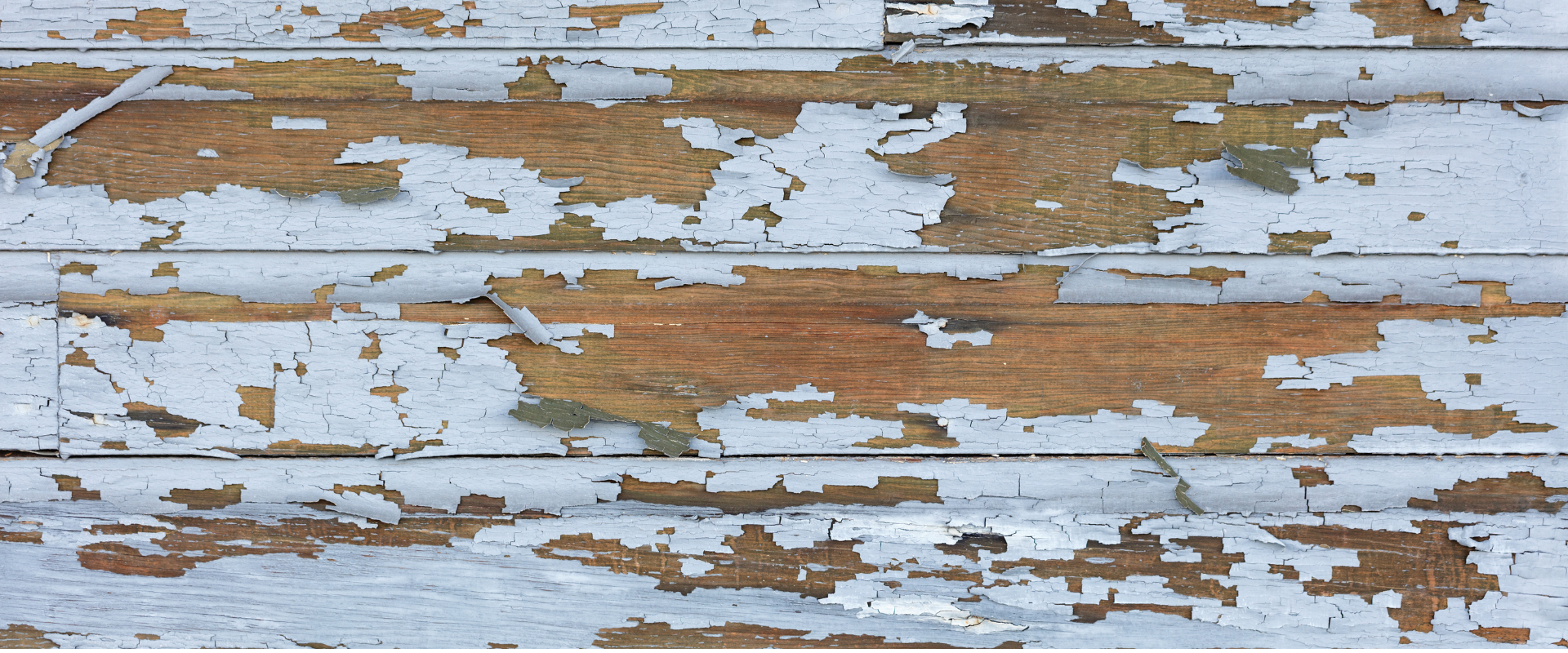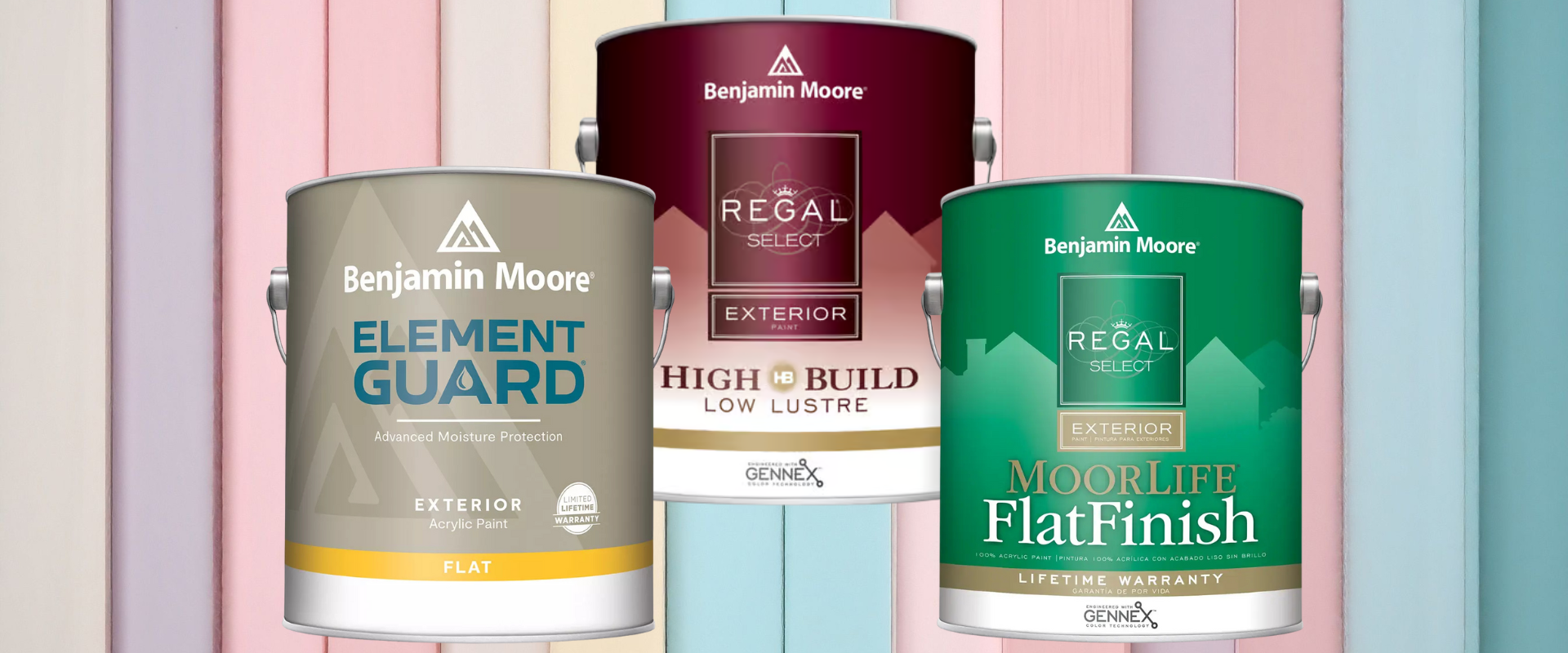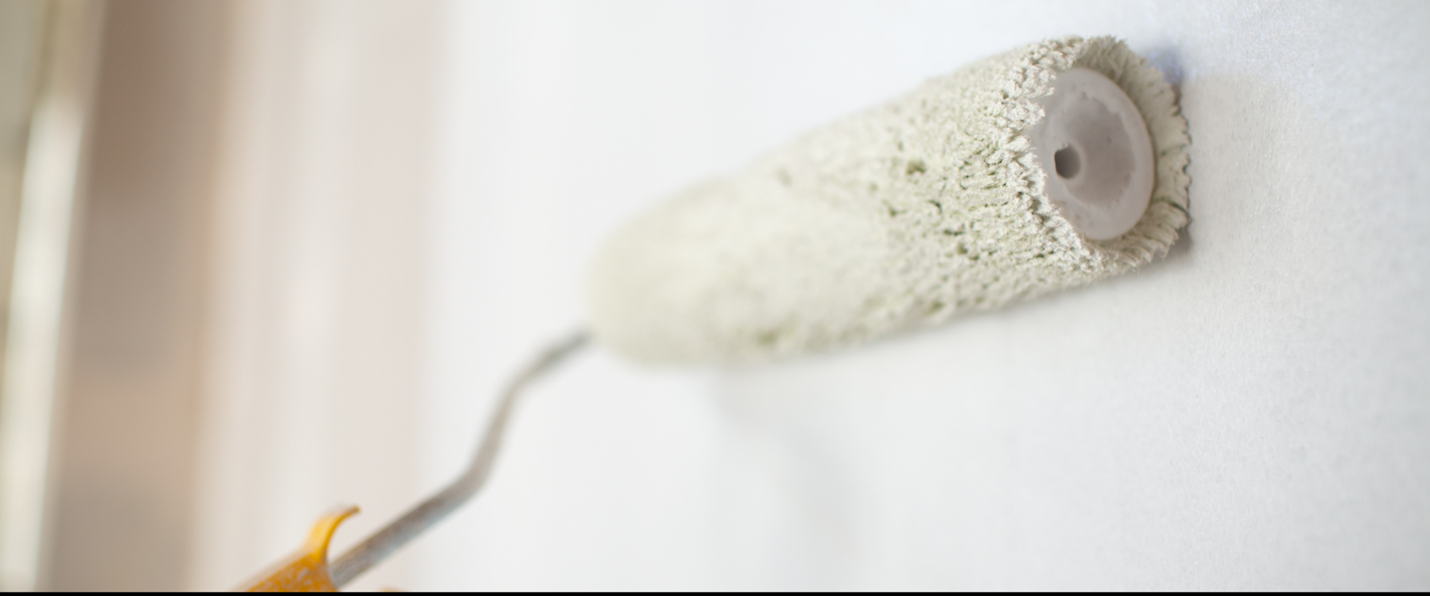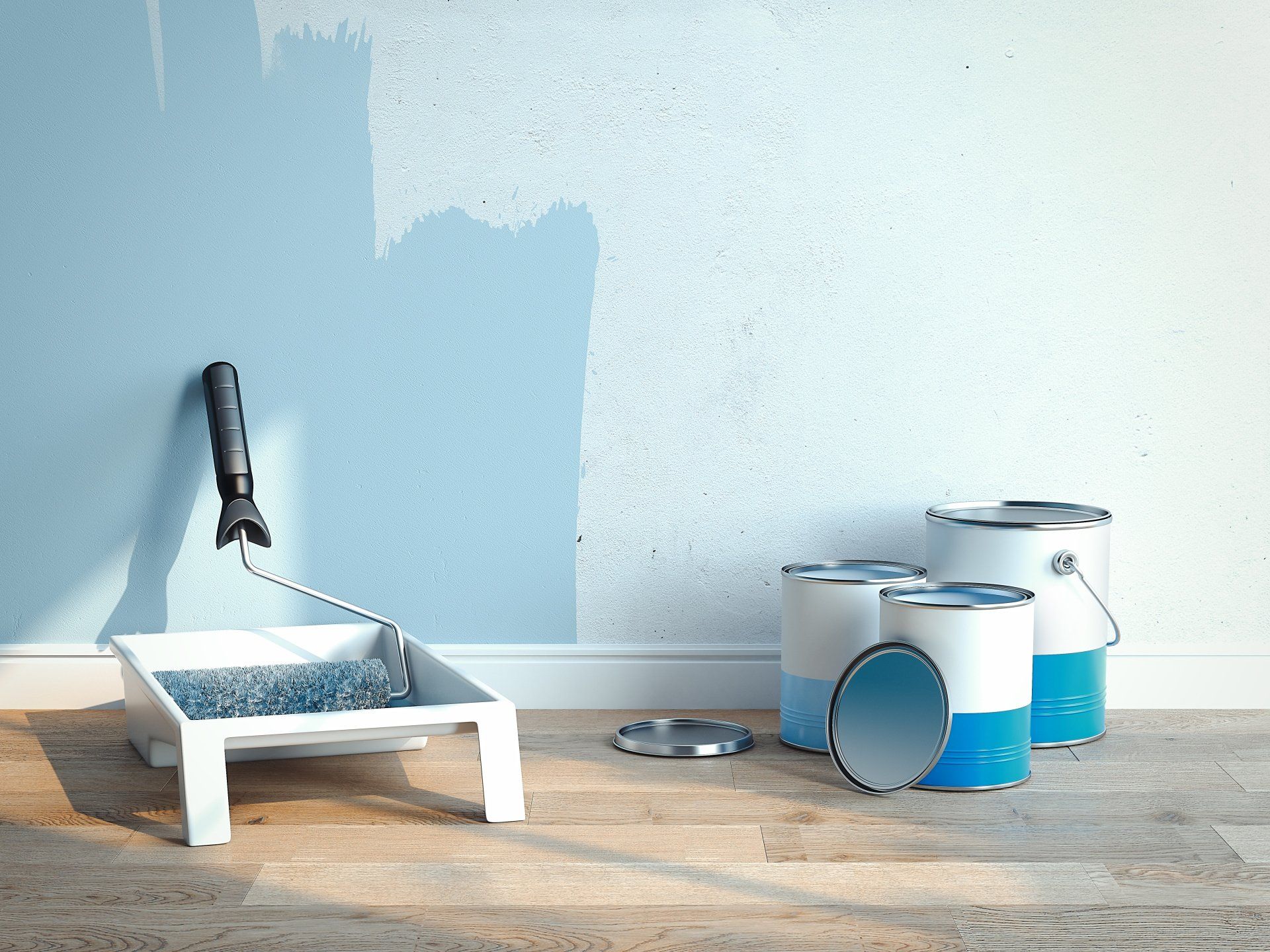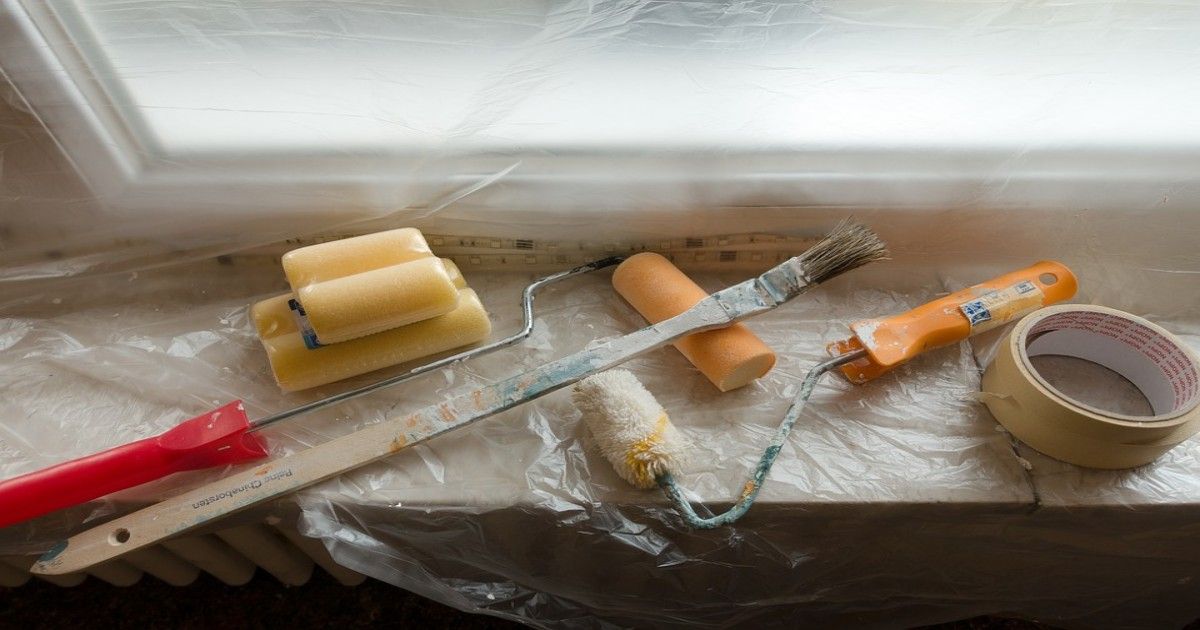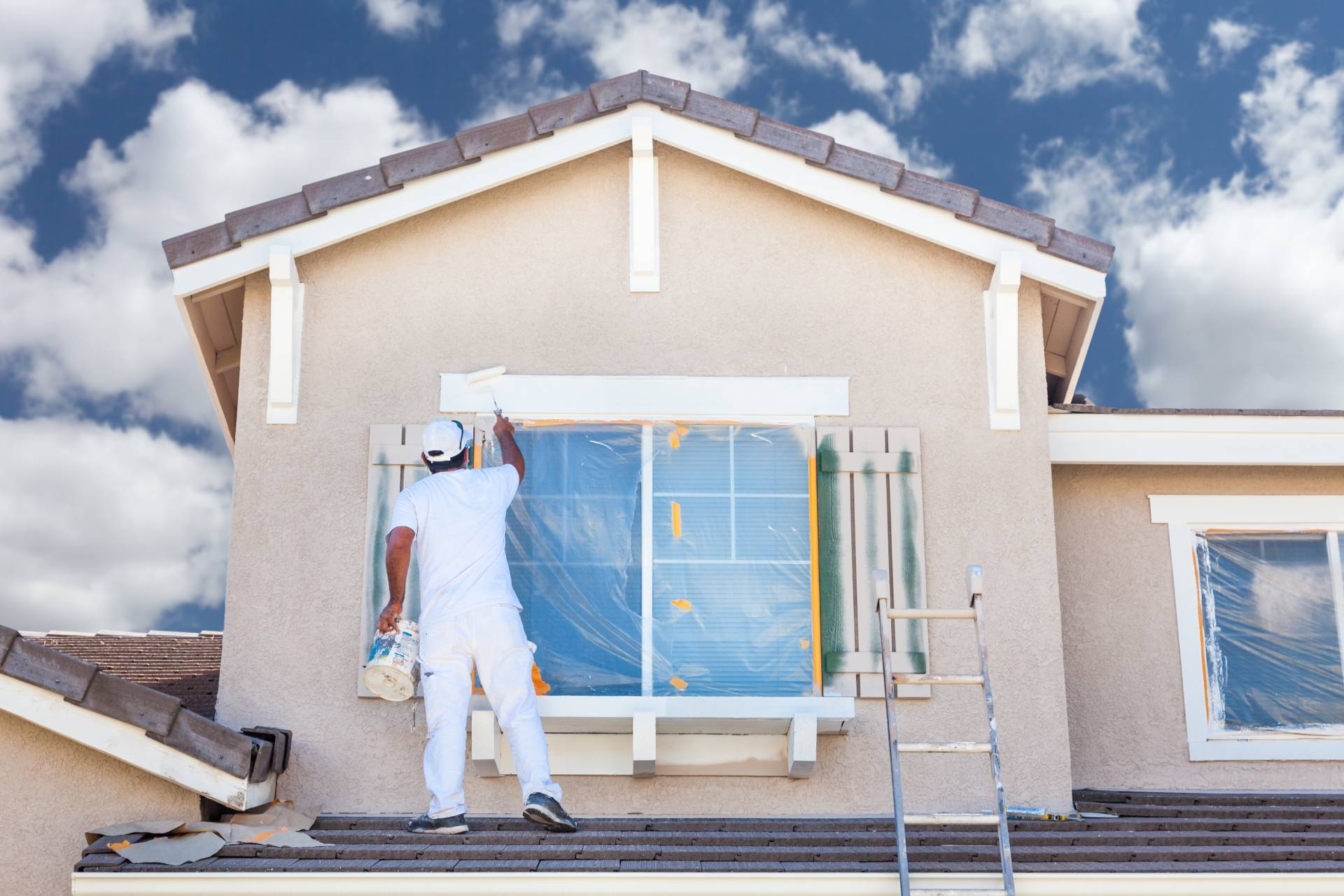Latex vs. Oil-Based Paint
Choosing the right paint for your home's exterior is more than just selecting a color—it's about durability, performance, and the long-term protection of your investment. One of the most important decisions homeowners face during this process is whether to use latex (water-based) or oil-based paint. Both options have their strengths, but they also serve different purposes depending on the condition of your home, the surfaces being painted, and your specific goals for appearance and maintenance.
For homes with newer siding or surfaces that are in good condition, latex paint is typically the best choice. It applies easily, dries quickly, and resists common exterior threats like mold, UV rays, and humidity. Homes with older wood siding, heavy weathering, or a history of oil-based finishes may still benefit from oil-based paint, especially if a smooth, high-gloss finish is desired on doors, windows, or decorative trim.
That said, transitioning from oil-based paint to latex requires careful preparation. Latex paint doesn't adhere well to glossy oil finishes unless the surface is properly sanded and primed with a bonding primer. A professional painter can help identify what type of paint is currently on your home and recommend the right products and preparation steps for a successful long-term finish.
Ultimately, there's no one-size-fits-all answer when it comes to choosing between latex and oil-based paint. It depends on the unique conditions of your home, your desired aesthetic, and the amount of time and effort you are willing to dedicate to future maintenance. A professional exterior painter will evaluate your home's surfaces, climate conditions, and past paint layers to guide you toward the best solution.
Paint Differences
Latex paint, also known as water-based paint, has become the preferred choice for most residential exterior applications. Its composition allows for quick drying, easy cleanup with water, and minimal environmental impact. One of the standout advantages of latex paint is its flexibility. Exterior surfaces naturally expand and contract with changing temperatures, and latex can stretch and shift without cracking or peeling. This flexibility makes it especially effective on siding materials like wood, vinyl, fiber cement, and stucco.
Oil-based paint, on the other hand, has long been known for its superior adhesion and durability, particularly on weathered or previously painted surfaces. It's often used on homes with older, porous wood siding or trim, especially if those surfaces were previously painted with oil-based coatings. Oil paint creates a hard, glossy finish that's highly resistant to wear, making it a popular choice for doors, railings, shutters, and other high-traffic or high-touch areas. While its finish is smooth and traditional, it does require longer drying times and emits more pungent odors during application. Cleanup also involves the use of solvents, such as mineral spirits, which can be less convenient and less environmentally friendly.
Another key difference lies in how these paints age. Latex paint is formulated to resist fading, cracking, and mildew, making it well-suited for homes in regions with seasonal weather fluctuations. Its color retention and resistance to environmental wear have improved significantly over the years, especially with the development of 100% acrylic formulas. Oil-based paints, while very durable in the short term, tend to become brittle over time. As they age, they may peel or crack, particularly if the surface beneath them isn't correctly maintained.
Paint Appearances
The appearance of the final finish is another area where the two paints differ. Oil-based paints tend to have a glossier, smoother appearance, which is why they're still favored for detail work such as trim and architectural accents. Latex paints, though now available in a range of sheens from matte to semi-gloss, often dry with a more subtle texture. For many homeowners, the slightly softer look of latex is desirable and more in line with modern design trends.
Latex Paints:
- Available in a wide range of finishes (flat, satin, semi-gloss)
- Great for siding and large surfaces
- Modern formulations offer excellent color retention
Oil-Based Paints:
- Produces a smooth, high-gloss finish
- Ideal for detailed work like wood trim or decorative accents
- Provides a rich, traditional look
Final Thoughts
If you're planning to repaint your home's exterior and want lasting beauty with maximum protection, having the correct type of paint is just as important as choosing the right color. Both latex and oil-based paints offer excellent results when used in the proper context, but understanding their differences can help you make an informed and confident decision.
At Keller Painting, we help homeowners make informed choices for their properties by offering expert advice, thorough surface preparation, and professional application techniques. Whether you're updating a modern exterior or restoring the character of an older home, our team is here to ensure your project is done right—from the first coat to the final detail.
Ready to get started on your
exterior paint project? Contact our team for a complimentary consultation and let us help you select the ideal paint type and finish to enhance your home's exterior.

